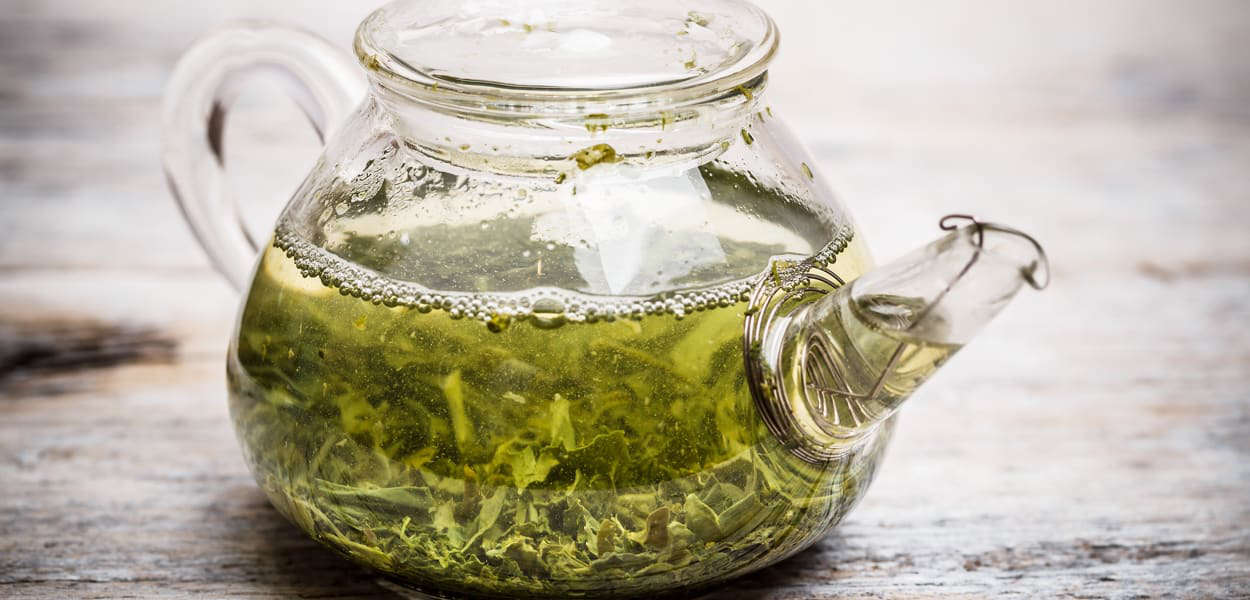What is green tea?
Green tea comes from the same tea plant as black tea. It is regarded as the “ancient tea” or “original tea”, because it is not fermented. Its history is just as old as its name. According to legend, the Chinese Emperor Shennong discovered the drink tea by accident when boiling water. This tea has been the favourite of many tea drinkers for thousands of years. It refreshes, calms, revitalises and is popular all over the world. Green tea is also particularly important to Eilles Tee, so take the time to browse our offering at your leisure.
How does green tea work?
Essentially, the caffeine contained in tea is the same alkaloid found in coffee. The major difference is that a physiological effect is triggered in the case of coffee. The caffeine binds with fats, passes into the blood through the stomach and affects the heart. In tea, in contrast, the caffeine is bonded to the tannins and thus reaches the central nervous system via the small intestine. As a result, it keeps you mentally alert for longer. This fact is not wasted on the many monks who often drink green tea before meditating. In addition, each variety of tea has a different effect, which can also be determined by the brewing time and quantity of the green tea.

Green tea is not black tea
Unlike black tea, green tea is not fermented. All other production steps are practically identical, and the teas originate from the same plant. After the withering, the leaves for green tea are briefly roasted (Chinese method) or steamed (Japanese method). This preserves many active ingredients and the intense green colour of the leaves. The subsequent drying and later sorting generally corresponds to that encountered in the production of black tea.